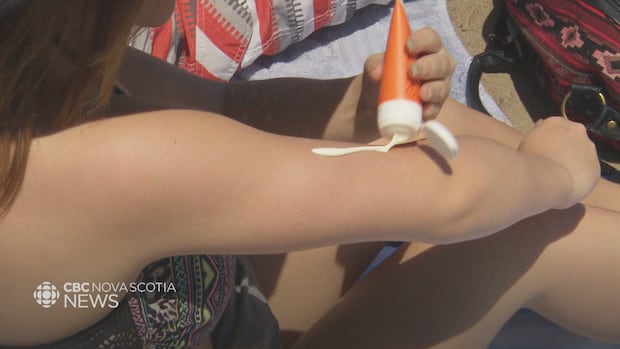
Nancy Le, 25, has been using facial sunscreens since she was a teenager. But unlike people who buy sunscreen from stores, the Vancouver nursing student is one of many who use online retailers.
That’s because the sunscreen she uses, which is made in Asia, contains ingredients that aren’t approved by Health Canada.
“The other sunscreens that I tend to like that are available here in Canada, they tend to be a little bit more expensive. So I find even drugstore brands … it’s going to be at least $30,” she said.
These days, she uses a Korean-based brand that works as a moisturizer and sunscreen.
“When it’s on sale, it costs me $10 a bottle,” Le said. “And with sunscreen, you are recommended to reapply it every two hours, especially if you’re in the sun. And with the amount that you’re using, it can really add up.”
She’s not alone.
Asian sunscreens have become all the rage online — particularly among those interested in skin care — but Health Canada has not approved them, leaving consumers looking for those products to purchase them online or overseas.
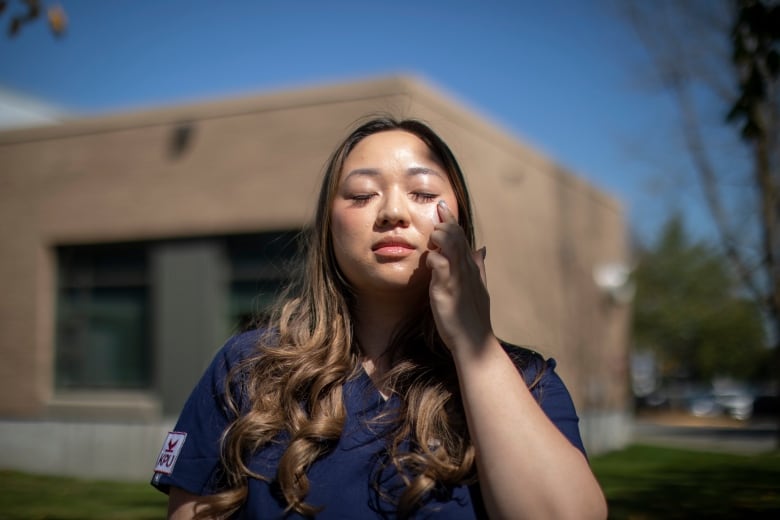
“I first learned more about [sunscreens from Asia when] I was more into the beauty [YouTube] channels … And a lot of the influencers that I was watching at the time were based in Asia. So these were a lot more accessible to them,” Le said.
Korean-based skin care company Beauty of Joseon, which is known for its Relief Sun sunscreen, had a nearly 825 per cent increase in Google searches in 2023 compared to the year before in the U.S., according to consumer trend reporting company Spate.
Influencers, dermatologists help drive demand
Korean beauty, or K-beauty, has become a global phenomenon. Products from neighbouring countries such as Japan are also popular overseas.
South Korea’s cosmetics exports to Canada have been steadily rising over the last few years, totalling more than $76 million in 2022, compared to $54 million in 2021, according to data from the United Nations Comtrade database on international trade.
Beauty product stores across North America, such as Sephora, have sections dedicated to K-beauty products. Even some smaller retailers, such as Sukoshi Mart in Toronto, have dedicated sections of skin care and cosmetics imported mostly from East Asia.
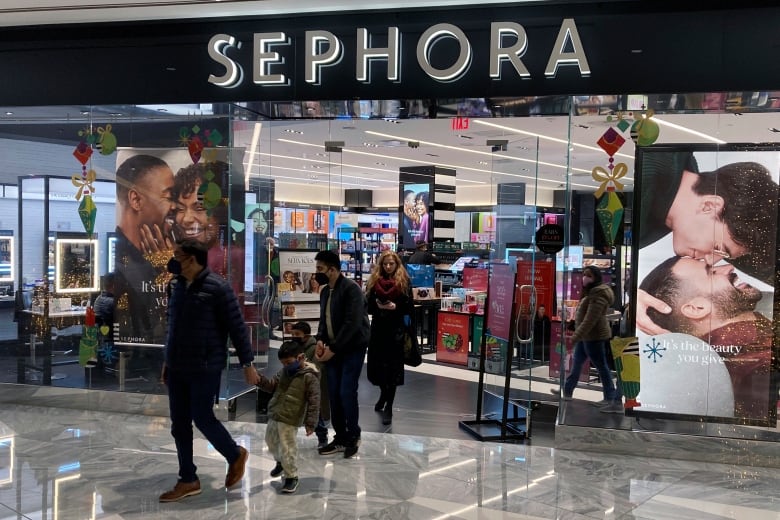
Social media platforms such as TikTok may also be contributing to the hype.
TikTok growth data from Spate shows top K-beauty skin care brands such as SKIN1004, with the related hashtag #koreansunscreen, garnering nearly four million views weekly in March alone this year.
There have also been millions of views of videos with dermatologists talking about sunscreens from Asia.
“The last I would say probably five [to] six years, especially with the popularity of social media platforms like TikTok, it’s really given an avenue for … the average individual in society to be able to share their thoughts and perspectives on products that they can buy either locally or abroad when they’re travelling,” said Dr. Monica Li, founder of Vancouver Skin MD clinic and a clinical assistant professor with the department of dermatology and skin science at the University of British Columbia.
Why are these products so popular?
Changing demographics in North America are also contributing to the rise in popularity here of sunscreens from Asia, according to Li.
“We see it in our practices and medical practices where we’re now caring for patients really of the entire skin spectrum of different skin tones, different racial ethnic backgrounds.”
The rise of e-commerce also plays a factor in driving the buzz, Li said.
Some TikTok users have recently been advocating for people to avoid using sunscreen. Watch Amy Smith’s interview with Halifax dermatologist Dr. Kerri Purdy about the worrisome trend.
Le has tried facial sunscreen products from the drugstore and found them uncomfortable and too thick on her skin.
“Sometimes, it had a white cast. So when I first tried Asian sunscreens, I actually received it through a sample when I was purchasing other things. And I found the texture was really comfortable, and it was something I could realistically see myself wearing every day.”
Others on social media have also noted the hydrating texture and lack of white cast when using some sunscreens from Asia.
Why aren’t they available on Canadian store shelves?
In Canada, sunscreens are classified as either a non-prescription drug or natural health product — depending on the ingredients they contain.
Most sunscreens from Asia would be considered under the non-prescription drug category because of their ingredients.
Health Canada follows what’s called primary and secondary sunscreen monographs, which include a list of what ingredients are allowed and their concentrations.
If a product complies with the list of ingredients entirely, no additional safety or efficacy information is needed, but if there are ingredients that aren’t on the monograph, companies must apply for market authorization.
“Health Canada has developed these monographs after an in-depth review of the available evidence supporting the safety and efficacy of various ingredients,” said Marie-Pier Burelle, a media relations adviser at Health Canada.
The federal department said that it hasn’t evaluated a submission supporting the safety and efficacy of several of the ingredients found internationally, and as a result, there aren’t any products approved with these ingredients.
Some ingredients that are used in the most popular sunscreen products from Asia include ethylhexyl triazone, which some say provides a high amount of protection from the sun’s UVB rays. In other international markets, it can be used, but it’s not approved for sunscreens in the U.S. and Canada.
Health Canada advises consumers to only purchase health products that are approved for sale within the country because they have deemed to be safe, effective and high quality.
It says a product containing an ingredient not approved by c is considered an unauthorized health product and that selling them is illegal in the country.
Site visits and seizures
Some steps the department said it takes when it finds an unauthorized product being sold include compliance letters, site visits and seizures.
In the absence of that authorization, many Canadian consumers have turned elsewhere for their sunscreen products, seeking them out on specialized sites dedicated to Asian beauty products and skin care or e-commerce marketplaces such as Amazon or eBay.
“Of course, there’s lots of different layers when it comes to sunscreen ingredient regulation and approval,” Li said.
“We actually have a lot more [sun] filters, both chemical and mineral, compared to what our neighbours in the south have.”
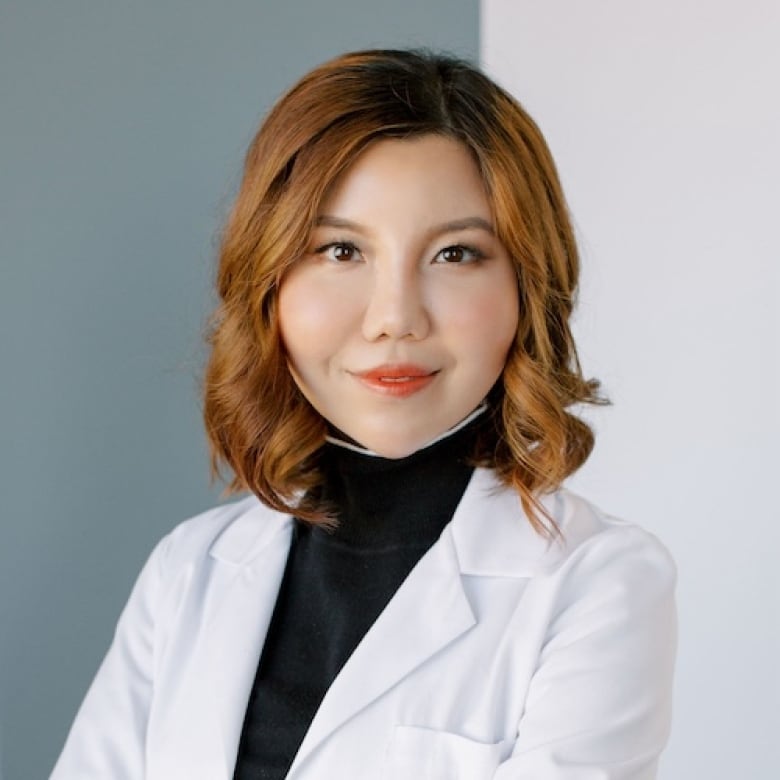
In North America, sunscreens show SPF (or sun protection factor) levels.
SPF levels indicate protection against UVB rays, but the sun also emits UVA rays, which can penetrate fully through windows of a car or a house and are also implicated in skin cancer development, said Li.
In Asia, sunscreens are described through the PA system (Protection Grade of UVA), which includes the + symbol as an indication of protection against UVA rays. For example, PA+ would indicate some UVA protection and PA++++ would indicate extremely high UVA protection.
Outside the U.S., sunscreens that target protection against UVA rays include ingredients Mexoryl SX , Mexoryl XL, Tinosorb M or Tinosorb S (also known as bemotrizinol), Ohio-based dermatologist Dr. Angela Casey said in an online blog.
Casey said those ingredients provide superior UVA protection for the skin but not all of them are approved by the U.S. Food and Drug Administration.
“[Bemotrizinol] is something that has been safe and hence why it’s been used in the European market and in the Asian market to some extent for many years without any reported post-marketing or consumer reports of any issues,” Li said.
Online forums such as r/CanSkincare on Reddit contain many posts of people asking where in Canada to purchase sunscreens from Asia.
Le said she uses a trusted website that originally started as a seller on EBay back when Asian sunscreen products weren’t as accessible online.
“A lot of my friends use Asian sunscreens as well. So, I just get their opinion when it comes to authenticity,” Le said. “I know the websites I use are authorized sellers of the brands that I like.”
So, what’s the best sunscreen for you?
Sunscreen products are not a one-size-fits-all situation, Li said.
“Maybe the texture, maybe it’s the feel, maybe it’s the smell. There’s different characteristics of a product that from a sensorial standpoint may not be the one that works for everyone.”
But one thing she does recommend is talking to a family doctor or dermatologist if you have questions.
The Current14:59Dermatologist dispels dangerous myths about sunscreen
Dangerous misinformation about sunscreen is spreading on social media, even as rates of skin cancer continue to rise. Dermatologist Dr. Sunil Kalia applies the facts about SPF.
And, according to Li, the best sunscreen at the end of the day is the one that you would use on a daily basis with adequate amounts.
Health Canada says it has no plans to update the sunscreen monographs.
It says ingredients submitted for approval of use would need to include information that demonstrates their safe use on humans.
Some skin care retailers have expressed their frustration on TikTok with not being able to sell sunscreens from Asia.
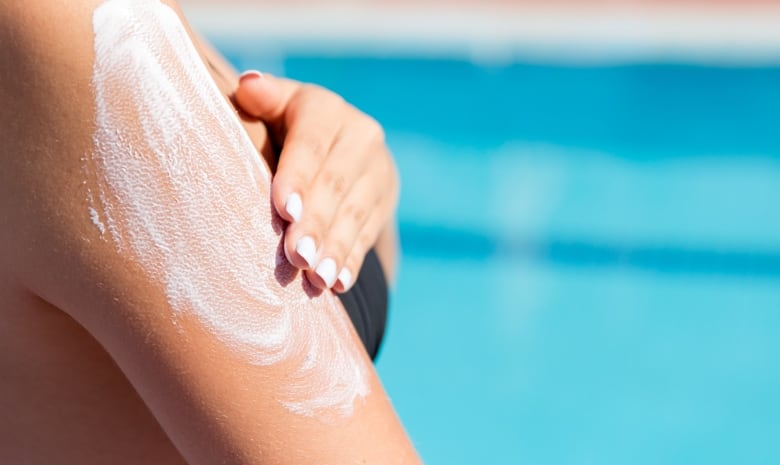
While Health Canada didn’t clarify when the monograph has been last updated, a document on its website indicates the monograph was last modified in 2012.
Le said she would love to see more filters being approved here and Asian sunscreens to be more accessible.
“I know for a lot of people, the reason that they refuse to wear sunscreen is because they don’t find it comfortable and doesn’t fit into their lifestyle.”
She thinks having more options would promote the use of sunscreens among the general public.
“I believe if those filters are available for them to formulate, then not only are we going to have Asian sunscreens, but we’re going to have a much wider variety of sunscreens even among Western brands.”
